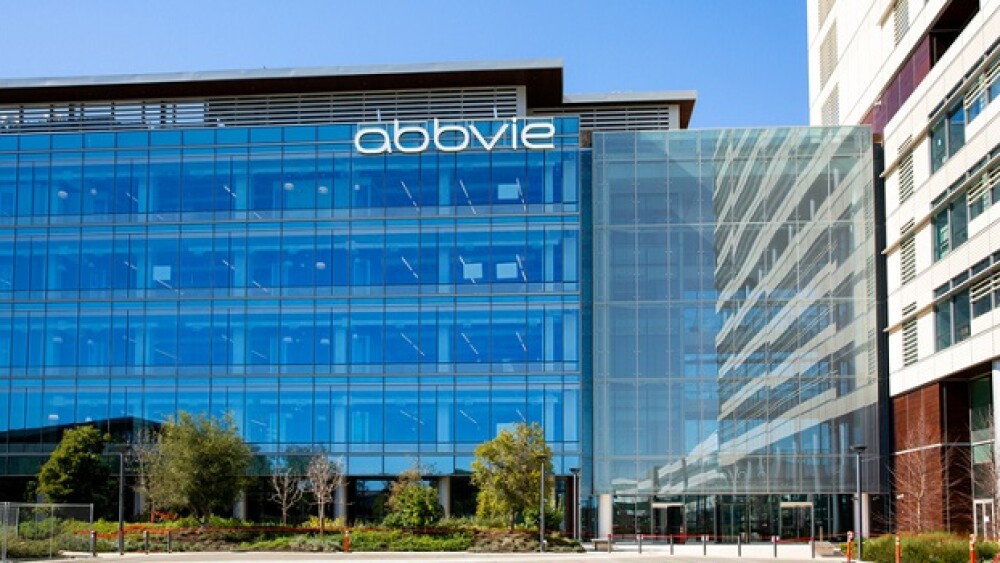Hre are three key reasons professionals in life sciences need to have a solid LinkedIn profile.
Phunkod / Shutterstock
According to Candybitsocial.com, LinkedIn had 90 million members in 2011 and membership rocketed from 225 million members to 500 million between 2013 and 2017. As of June 2019, membership is over 630 million worldwide. In a few short years the platform has gone from a place where savvy businesspeople and motivated recruiters reached out in hopes of staying ahead to, among other things, becoming the world’s business rolodex. Considering these staggering figures, there are three key reasons professionals in life sciences need to have a solid LinkedIn profile.
- Visibility
The minimum expectation in 2019 and beyond is that anyone in an above entry level job should be on LinkedIn. Not only are you expected to be a member, you’re obliged to have a reasonable overview of your professional credentials. Many companies now require well-maintained profiles for team members in client-facing roles such as medical device sales or clinical trials outreach. In fact, it is becoming commonplace for companies to include a LinkedIn profile protocol section in their employee handbooks both requiring LinkedIn presence and dictating how the company is presented.
Prior to LinkedIn, the average professional had relatively limited means for business-related exposure without a monetary outlay; even listings in professional organization publications required the cost of annual membership. While LinkedIn offers enhanced options for various paid memberships, it is still the widest-reaching free means for making your professional existence known.
- Credibility
The truth is, social media has added complexity to professional standing and credibility. Prior to 2010, it was rare for the average professional in life sciences (and many other fields) to be assessed by more than their teammates, immediate supervisors and, potentially, their organization. Proof of ability otherwise would only be something to be spelled out in a résumé. However, social media has created the expectation of both transparency and access. Lack of a robust, let alone existing or up-to-date, LinkedIn profile is often viewed with question or concern. In fact, it’s estimated that as much as 94% of prospective hiring managers review a candidate’s profile prior to making interview and / or hiring decisions. Therefore, whether it’s a colleague or your next employer seeking to glean more about your professional story, maintaining a LinkedIn profile at today’s minimum acceptable standards is crucial to your professional credibility and transparency.
- Career Growth
Career growth is far more than applying for new opportunities. Career growth can be anything you wish to make of it. Expanding areas of expertise, performing specialized research, or taking on project management responsibilities are just a few examples of career growth possibilities. LinkedIn can provide a means for connecting with individuals and organizations who can enhance and expand those opportunities. Again, it is about visibility. Having a well-constructed, information-packed LinkedIn profile increases the chance of being discovered and connecting with others who can open doors, introduce you to the right people, and even offer advice or mentorship towards your goals.
For those who are ready to seek their next opportunity, there’s a greater chance of discovering your ideal role through who you “know” in the life sciences community versus blindly applying to public job advertisements. Secondly, circumventing the unknown pitfalls of a company’s applicant tracking system (ATS) through a LinkedIn connection’s direct referral increases your odds of an interview exponentially!
To its credit, LinkedIn has practically eliminated the time passage component in how business and professional relationships are forged. In the past, achieving legitimacy and building a network in life sciences often relied upon educational alumni associations, professional organizational membership & activities, and slowly building up a network of current and past colleagues willing to attest to your capability. While it does take effort to create and maintain a current and comprehensive LinkedIn profile, it has become a vital aspect in maintaining professional legitimacy and opening otherwise unknown doors in the life sciences world.





